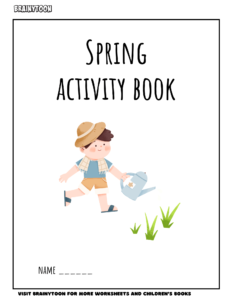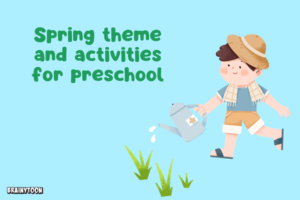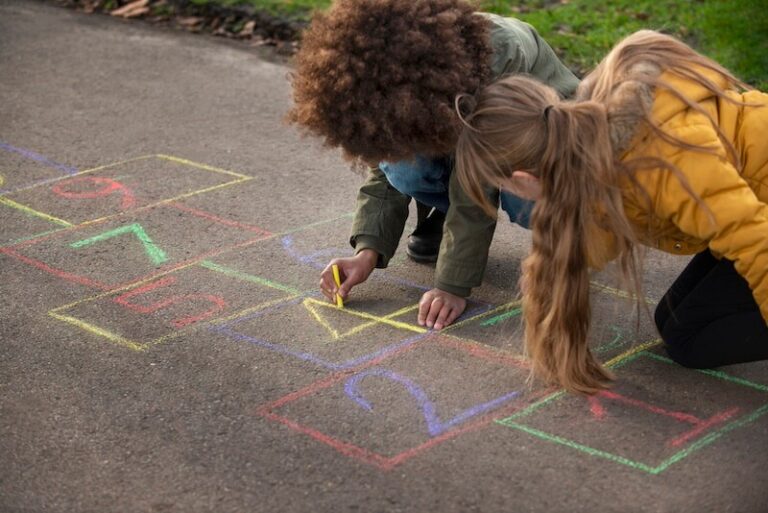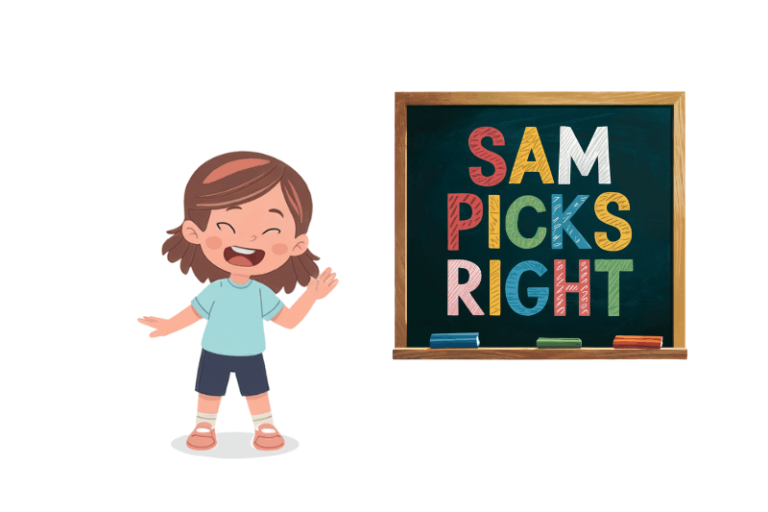Spring theme and fun activities for preschoolers
Spring is a season full of renewal, bright colors, and outdoor adventures, making it the perfect time to engage preschoolers in playful and educational activities.
As the weather warms up and nature starts to bloom, young children can explore the world around them while learning about plants, animals, and seasonal changes.

Flowers and plants
Spring is the time when plants and flowers start to bloom, making it a wonderful theme to explore with preschoolers.
Children love learning about how seeds grow into plants, and they can experience this firsthand by planting their own flowers or vegetables
Activity: Planting seeds
Help kids understand how plants grow by letting them plant and care for their own seeds.
Materials needed:
- Small pots or cups
- Potting soil
- Seeds (flowers, herbs, or vegetables)
- Watering can
Instructions:
- Fill each pot with soil.
- Let the child place a seed in the soil and cover it lightly.
- Water the seed and place the pot in a sunny spot.
- Observe the seed daily and talk about its growth.
- As the plant grows, discuss the importance of sunshine, water, and soil in helping plants thrive.
Animals
Many animals give birth in the spring, making this a perfect theme to introduce young learners to baby animals and their parents.
Read books about farm animals, play animal-matching games, or visit a petting zoo to see baby chicks, lambs, and bunnies in person.
Activity: Animal sounds game
Make learning fun by helping preschoolers match animal sounds to their names!
Instructions:
- Gather pictures or plush toys of baby animals (chicks, ducklings, kittens, lambs).
- Make the sound of an animal (e.g., “Baa” for a lamb).
- Ask the children to identify which animal makes the sound.
- Talk about how baby animals grow and change.
Weather changes
Spring brings sunshine, rain, and even a few storms, making it a great opportunity to teach preschoolers about weather patterns.
Activity: Rain cloud in a jar
This simple science experiment helps kids visualize how rain forms.
Materials needed:
- Clear glass or jar
- Shaving cream
- Water
- Blue food coloring
Instructions:
- Fill the jar almost to the top with water.
- Add a layer of shaving cream on top (this represents a cloud).
- Drop blue food coloring onto the shaving cream.
- Watch as the “rain” falls through the cloud into the water.
- Discuss how rain falls from clouds and why plants need it to grow.
Bugs and butterflies
Spring is the season when insects return, making it a great time to learn about butterflies, ladybugs, and bees.
Activity: Butterfly life cycle craft
Help preschoolers understand the stages of a butterfly’s life with a hands-on craft.
Materials needed:
- Paper plates
- Dried pasta (rotini for caterpillar, shell for chrysalis, bowtie for butterfly)
- Markers and glue
Instructions:
- Divide the paper plate into four sections.
- Draw and label each stage: egg, caterpillar, chrysalis, butterfly.
- Glue the corresponding pasta pieces into each section.
- Talk about how caterpillars transform into butterflies.
Spring activities for preschoolers

Getting outside is one of the best ways to experience spring!
Spring scavenger hunt
Go on a nature walk and search for signs of spring.
Things to look for:
- A yellow flower
- A buzzing bee
- A worm in the dirt
- A bird building a nest
- A puddle from the rain
Let children collect small treasures like leaves and rocks, or encourage them to draw what they see.
Handprint flower painting
A fun and messy art project that makes a great keepsake!
Materials needed:
- Paint in spring colors
- Paintbrushes
- Paper
Instructions:
- Paint the child’s hand with different colors.
- Press their hand onto the paper to create flower petals.
- Use a brush to paint stems and leaves.
- Let it dry and hang up their artwork!
Pairing books with activities helps reinforce learning! Reading books alongside hands-on activities makes learning about spring even more engaging for young children.
Spring is a season full of discovery, making it the perfect time for preschoolers to engage in fun and meaningful activities.
Whether they’re planting flowers, learning about baby animals, or making colorful crafts, these experiences help young learners connect with nature and the changing seasons.



